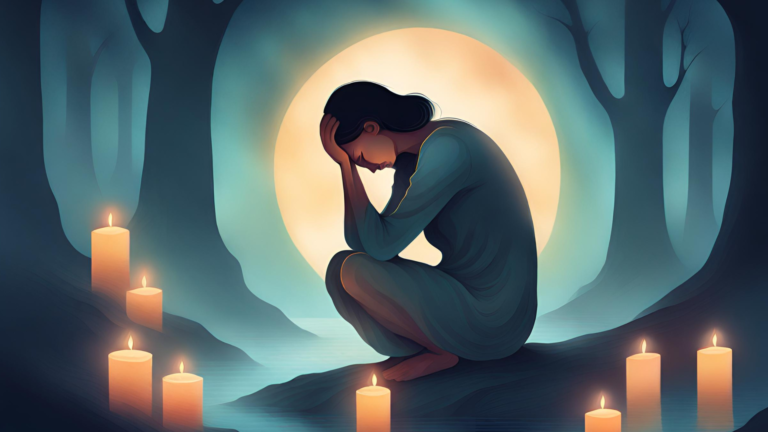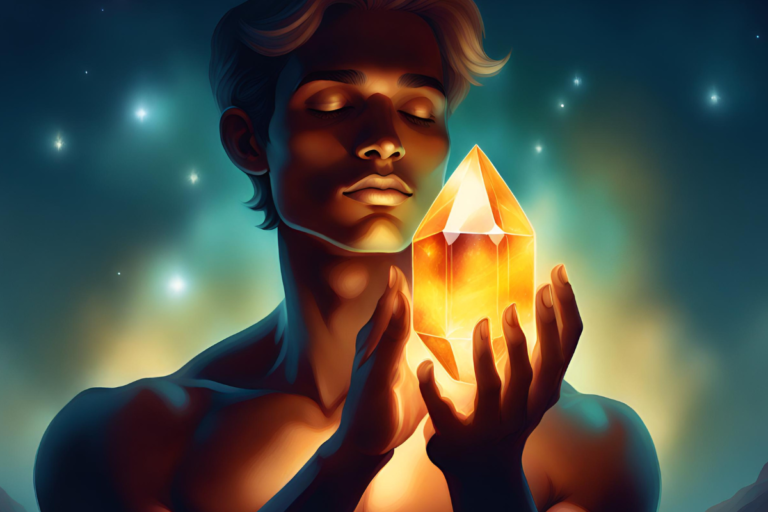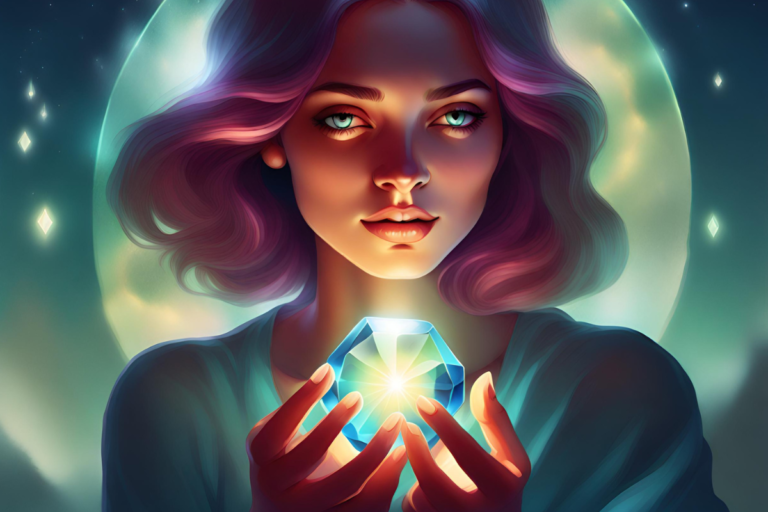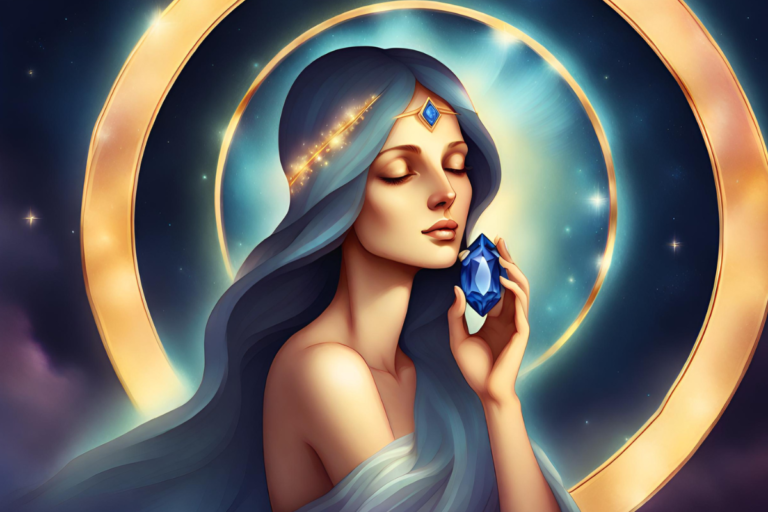Throughout history, gemstones have not only adorned the crowns of kings and the necks of queens but have also held profound symbolic and spiritual significance.
In this article, we outline the myriad ways gemstones have been revered and integrated into various cultures and historical periods, reflecting the values, beliefs, and artistry of civilizations around the globe.
The Ancient Allure
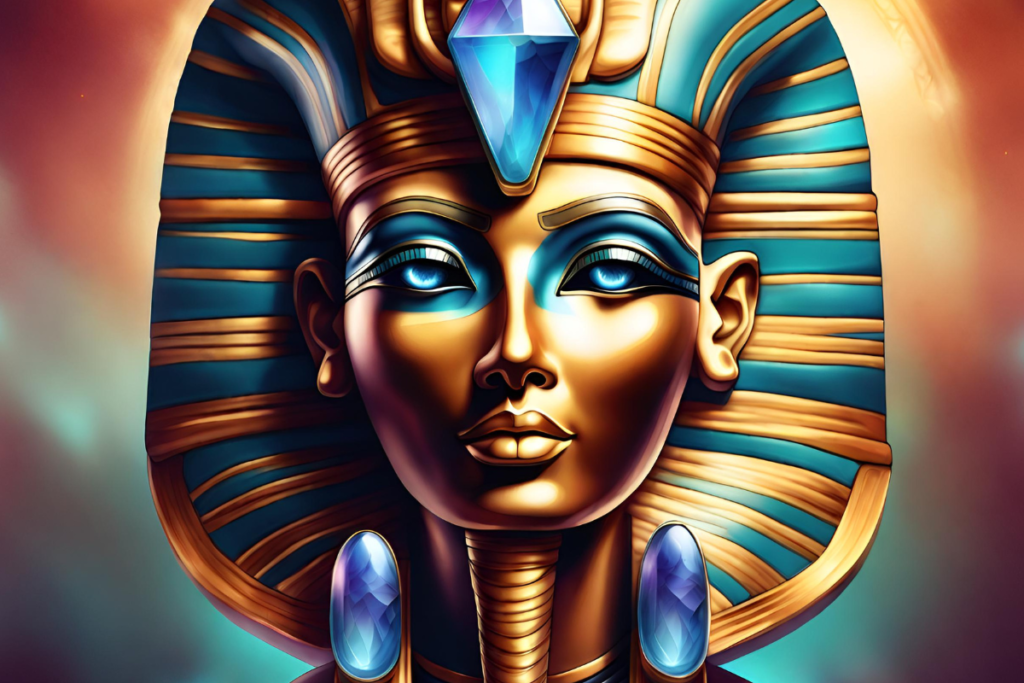
Egyptian Elegance
The ancient Egyptians were master jewelers, using gemstones not just for adornment but also for protection and health.
Lapis lazuli, turquoise, and carnelian were among their favorites, believed to have protective powers and used extensively in amulets and in the burial masks of pharaohs, most famously in the mask of Tutankhamun.
Greek and Roman Gems
The Greeks associated gemstones with the gods, giving them mythological significance. Diamonds were linked with strength and courage during battles.
The Romans continued this tradition, using gemstones in their elaborate jewelry and intaglio work. They particularly valued opals, considering them symbols of love and hope.
Asian Influence
In Asian cultures, jade was more precious than gold, especially in China, where it symbolized purity, grace, and nobility. It’s often found in artifacts from these regions, reflecting its enduring legacy.
Similarly, in India, gemstones have been integral to astrological practices, with each stone said to influence the wearer’s fortune and fate.
Native American and Aboriginal Gems
Turquoise, coral, and other native minerals were not only used in jewelry but also in ceremonies and as trade goods. These cultures often regarded gemstones as sacred objects, connecting the wearer with the natural world and spiritual realms.
The Middle Ages to the Renaissance: Power and Piety
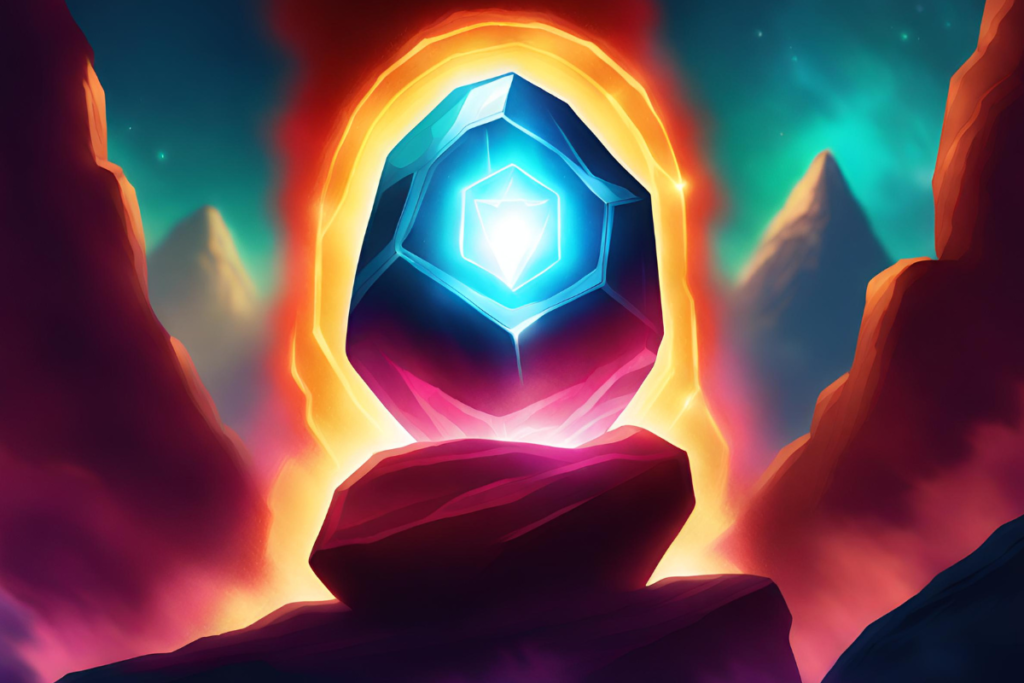
During the Middle Ages, gemstones were embedded in religious artifacts and royal regalia, symbolizing divine right and heavenly favor. They were believed to have protective and healing properties, with the clergy and nobility often commissioning gem-encrusted items.
The Renaissance revived classical learning and with it, an interest in the science and lore of gemstones, leading to a flourishing of gemstone artistry.
The Age of Exploration: A World of Gems
The Age of Exploration expanded Europe’s horizons and introduced a wider variety of gemstones from the New World and Asia.
This period saw the influx of emeralds from South America, diamonds from India, and pearls from the Pacific, leading to an increase in their value and demand. The newly wealthy merchant class began to acquire gemstones as symbols of their status.
The Romantic and Victorian Eras: Sentiment and Symbolism
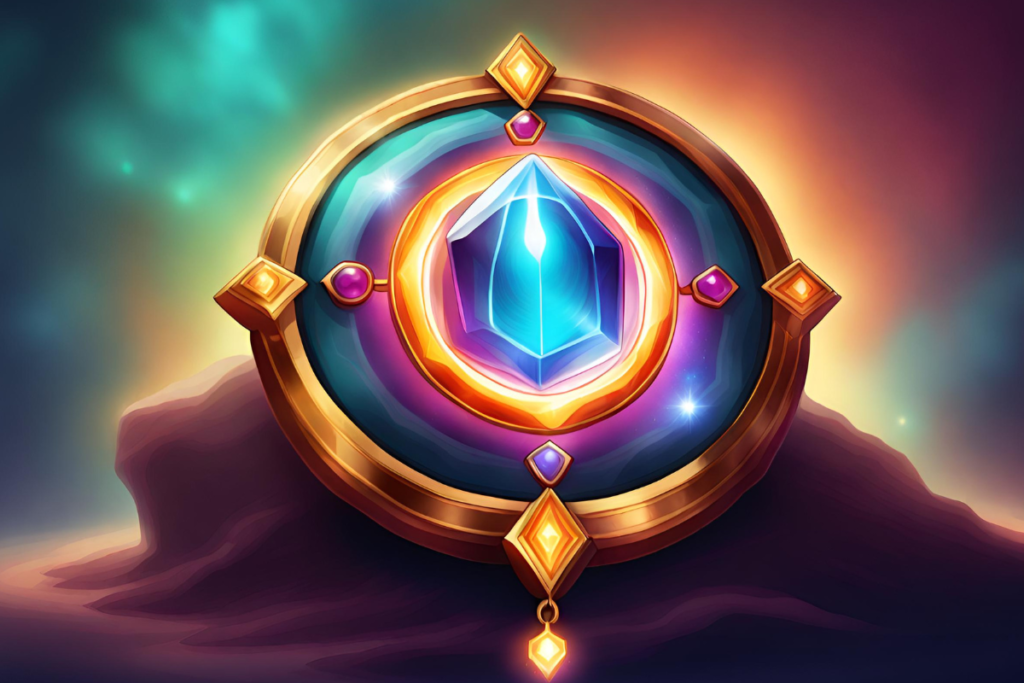
In the Romantic era, gemstones were imbued with deeper meanings and used in sentimental jewelry to convey love, sorrow, or devotion.
The Victorians later took this to a height with elaborate symbolic motifs using gemstones in everything from engagement rings to mourning jewelry, each stone chosen for its supposed emotional or protective powers.
Modern Mystique: Tradition and Innovation
In the 20th and 21st centuries, advancements in gemstone cutting and setting, along with new discoveries, have continued to make gemstones desirable. However, the modern era has also seen a return to the appreciation of gemstones’ cultural and historical significance, with a renewed interest in the traditional practices of different cultures and the revival of ancient jewelry-making techniques.
Ethical Enlightenment
In recent years, there has been a growing awareness of the ethical implications of gemstone mining and trade.
Consumers are increasingly seeking ethically sourced gemstones, leading to better practices in the industry. This shift is also reconnecting the gem trade with its ancient roots of reverence and respect for the earth and its treasures.
Enduring Elegance & timeless treasures
From the deep green of the emerald representing rebirth and love in ancient Rome to the fierce red of the ruby signifying passion and power across Asia, gemstones carry with them the weight of history and the stories of humanity. As we continue to wear and cherish these natural wonders, we partake in a legacy that spans millennia, cultures, and continents.
In our next articles, we will continue to explore the multifaceted world of gemstones, diving deeper into specific stones and their unique journeys through time and imagination.
Join us at Moon Mind More as we uncover more about these precious pieces of our past and present.


